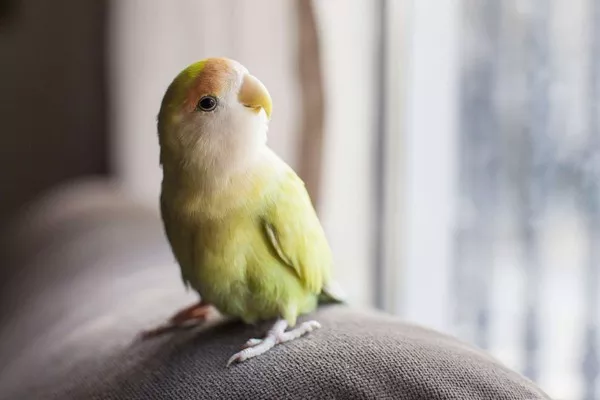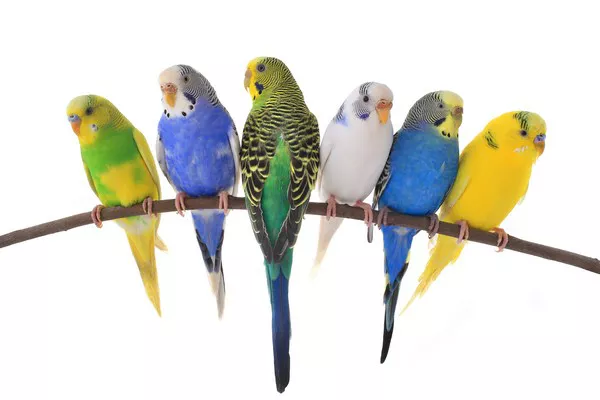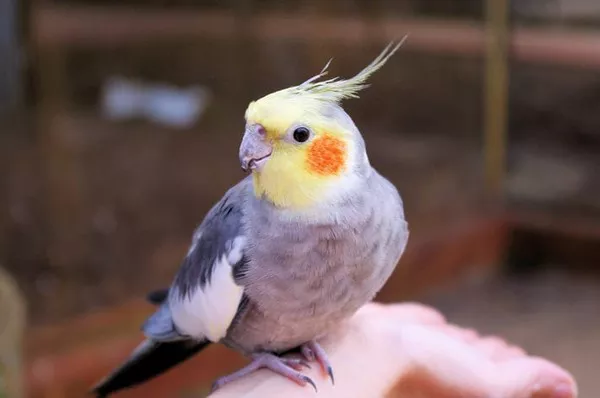The Alaskan Malamute, known for its striking appearance and strong, robust build, is a breed that requires proper grooming to maintain its health and aesthetic appeal. One of the essential aspects of grooming is bathing. However, due to the Malamute’s unique coat and lifestyle, determining the ideal bathing frequency can be a bit more complex than with some other breeds. In this comprehensive guide, we will explore the factors that influence bathing frequency, the steps to a successful bath, and tips for maintaining your Malamute’s coat in optimal condition.
Understanding the Malamute Coat
The coat pattern of the sled dog is an important adaptive feature in cold environments and in performing various outdoor tasks. The following are the main characteristics of sled dog hair:
Double Coat: The sled dog has a double coat consisting of a dense, insulating undercoat and a harsh outer coat. This double coat structure allows sled dogs to maintain body temperature and provide extra warmth in extreme cold.
Insulating Undercoat: The undercoat is the inner coat of the sled dog’s hair, which is very dense and acts as an insulating layer. It provides extra protection and reduces body heat loss in cold weather.
Protective Outer Coat: The outer coat is the outer layer of hair on the sled dog, rough and somewhat waterproof. This layer of hair effectively blocks moisture, keeping the undercoat dry and warm.
Natural Oils: The natural oils in the sled dog’s coat help keep it in a healthy condition. These oils keep moisture out of the hair while keeping the skin moisturized.
Color and Pattern: The color and pattern of the sled dog’s coat varies from breed to breed and can include a variety of colors, from pure white to a combination of colors.
Seasonal Shedding: Malamutes typically shed during specific seasons, shedding old hair to make way for new hair. This process is called “blowing,” and sled dogs can shed profusely during the shedding season.
Insulating Properties: The sled dog’s coat not only insulates but also insulates, preventing cold air and moisture from penetrating the skin.
Factors Influencing Bathing Frequency
Lifestyle: Consider your Malamute’s lifestyle. If they are highly active, outdoor dogs, they may require more frequent baths to remove dirt and debris.
Coat Condition: If their coat becomes particularly dirty, matted, or has an unpleasant odor, it’s a sign that a bath is needed.
Season: Bathing frequency can vary based on the season. During shedding seasons, more frequent baths might be necessary to help manage the shedding process.
Skin Sensitivity: Some Malamutes have sensitive skin. Over-bathing can strip their coat’s natural oils and cause skin dryness.
Ideal Bathing Frequency
The general recommendation for bathing an Alaskan Malamute is every 2 to 4 months. However, this is a flexible guideline, and you should tailor the frequency to your dog’s specific needs. Some Malamutes may need baths more frequently due to their lifestyle, while others might require fewer baths if they have maintained a relatively clean coat.
Steps to a Successful Bath
Gather Supplies: Prepare all necessary bathing supplies, including dog shampoo (preferably a mild, hypoallergenic formula), towels, and a non-slip mat for the bathing area.
Brush: Before bathing, thoroughly brush your Malamute’s coat to remove any tangles, mats, and loose fur. This helps prevent matting during the bath.
Warm Water: Use lukewarm water for the bath. Make sure the water is not too hot or too cold.
Wet the Coat: Wet your dog’s coat completely, starting from the neck and working your way down.
Shampooing: Apply a small amount of dog shampoo and gently massage it into the coat. Avoid getting shampoo in the eyes, ears, or mouth. Rinse thoroughly.
Rinse: Ensure all shampoo is thoroughly rinsed out to prevent skin irritation.
Drying: Use a clean towel to gently pat your Malamute’s coat dry. Avoid vigorous rubbing that can tangle the fur.
Blow-Dry (Optional): If your Malamute is comfortable with it, you can use a low heat setting on a pet dryer to help speed up the drying process.
Post-Bath Grooming: Once your Malamute is completely dry, brush their coat again to prevent matting and promote a healthy shine.
Additional Grooming Tips
Regular Brushing: Regular brushing, especially during shedding seasons, is essential to remove loose fur and prevent matting.
Nail Trimming: Keep your Malamute’s nails trimmed to a proper length to ensure their comfort and prevent issues.
Ear Cleaning: Check and clean your dog’s ears regularly to prevent infections.
Dental Care: Brush your Malamute’s teeth regularly and consider dental treats or toys to maintain oral health.
Supplies for bathing sled dogs
Bathing a sled dog requires some basic supplies to ensure a smooth bathing process while protecting your dog’s skin and coat. Here are some common bath supplies:
Shampoo for dogs: Choose a shampoo that’s right for your sled dog’s hair type and sensitive skin. Avoid human shampoos that contain chemicals or fragrances that can irritate your dog’s skin.
Bath Sponge or Brush: Choose a bath sponge or brush that is suitable for sled dogs’ hair to help clean and massage your dog’s skin.
Towels: Have a clean towel ready in advance to gently dry your dog’s coat and skin.
Bathing utensils: According to the bathing location, prepare suitable bathing utensils, such as pet tubs, bath bags or outdoor dog washing pools.
Ear Cleaning Supplies: A sled dog’s ears may need regular cleaning. Prepare some dog-friendly ear cleaning supplies, such as cotton balls and special ear cleaning solution.
Nail clippers and nail sharpeners: During the bath, check your dog’s nails for trimming. Have nail clippers or a nail sharpener ready to ensure the right length for your nails.
Hairdryer or Hair Dryer: If your sled dog becomes accustomed to the sound of a hair dryer, you can use a hair dryer on a low heat and low speed setting or a specialized hair dryer to help dry the hair.
Non-slip Mats: Place non-slip mats in the bath area to keep your dog stable on slippery surfaces.
Pet safety leash: If your sled dog is restless during the bath, you can use a pet safety leash to secure it to avoid accidents.
where can sled dogs take a bath
Home Bath or Shower: For small sled dogs, you may choose to bathe in the home bath or shower. Make sure that the water temperature is suitable, the non-slip mat is on the ground, and prepare the supplies needed for bathing in advance.
Outdoor dog wash: Some specialized pet washes provide a spacious space for you to bathe your dog outdoors. These places usually provide bathing utensils and drying equipment.
Professional pet bathing shop: Send your sled dog to a professional pet bathing shop, where professionals will bathe and care for it. These shops are usually equipped with the right equipment and products to cater to different breeds and hair types.
Self-service pet bathing stations: Some pet stores and dog washes offer self-service pet bathing stations where you can bathe your dog yourself. These stations usually provide supplies and equipment needed for bathing.
Professional pet grooming salon: If you want to give your sled dog more comprehensive grooming care, you can choose to go to a professional pet grooming salon. The professional groomers there can provide services such as bathing, trimming and grooming for dogs.
Outdoor Wash Area: If you live in a residential community that has an outdoor wash area, you can bring your sled dog there for bathing. These places usually have water sources and drainage systems.
Conclusion
Bathing an Alaskan Malamute is a vital part of their grooming routine. While the general guideline is every 2 to 4 months, the ideal frequency depends on factors like lifestyle, coat condition, and individual needs. By understanding your Malamute’s unique coat and needs, following the proper bathing process, and maintaining consistent grooming practices, you can ensure that your furry companion’s coat remains healthy, clean, and beautiful throughout their life.
Recommended reading:


























